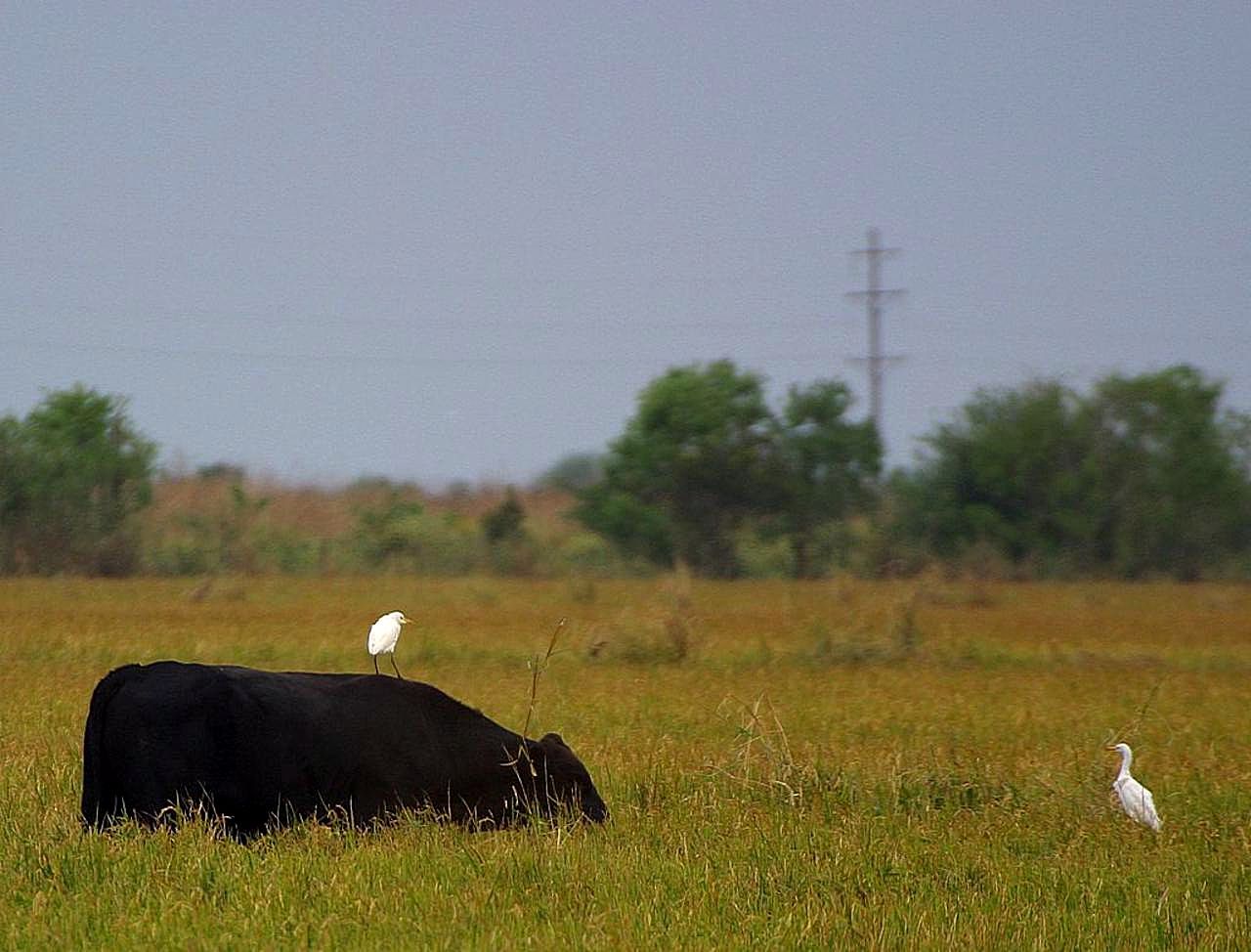
Julie Kane.
"Egrets."

You have to love them
for the way they make takeoff
look improbable:
jogging a few steps,
then heaving themselves like sacks
of nickels into
the air. Make them wear
mikes and they’d be grunting
like McEnroe lobbing
a Wimbledon serve.
Then there’s the matter of their
feet, which don’t retract
like landing gear nor
tuck up neatly as drumsticks
on a dinner bird,
but instead hang down
like a deb’s size tens from
the hem of her gown.
Once launched, they don’t so
much actively fly as blow
like paper napkins,
so that, seeing white
flare in a roadside ditch, you
think, trash or egret?—
and chances are it’s
not the great or snowy type,
nearly wiped out by
hat plume hunters in
the nineteenth century, but
a common cattle
egret, down from its
usual perch on a cow’s
rump, where it stabs bugs.
Whoever named them
got it right, coming just one
r short of regret.
